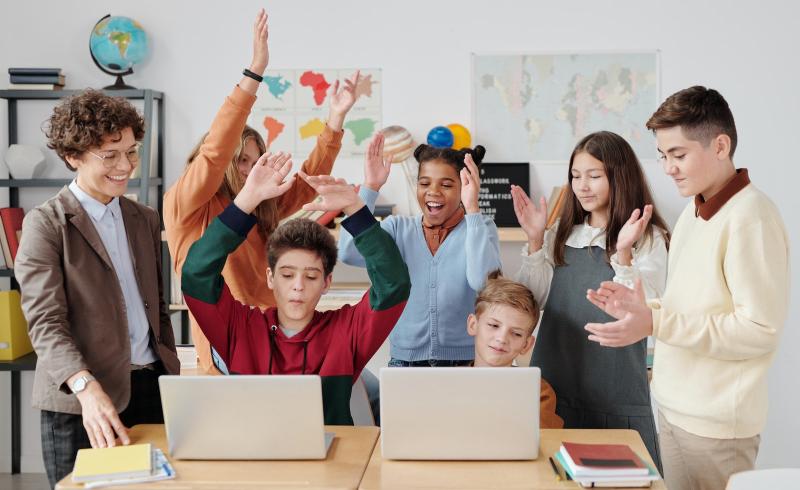7 Tips for helping special needs children transition to new environments or routines

When it comes to supporting the unique learning needs of special needs children, assistive technology and tools play a pivotal role. These resources are designed to enhance accessibility, communication, and learning experiences for children with disabilities. In this article, we will explore a range of assistive technology and tools that can empower parents in providing their special needs children with the necessary support to thrive.
- Augmentative and Alternative Communication (AAC) Devices:
AAC devices are invaluable tools for children with speech and communication difficulties. These devices enable children to express themselves through symbols, pictures, or synthesized speech. High-tech options include speech-generating devices, while low-tech options include picture communication boards or sign language resources.
- Text-to-Speech Software and Devices:
Text-to-speech software and devices convert written text into spoken words, aiding children with reading challenges or visual impairments. These tools can enhance access to educational materials, allowing children to listen to texts and follow along, reinforcing comprehension and literacy skills.
- Visual Aids and Supports:
Visual aids and supports are essential for children with autism spectrum disorder or other communication and behavioral challenges. Visual schedules, social stories, and visual cues can help children understand and navigate daily routines, improve social interactions, and manage their behavior more effectively.
- Adaptive Learning Tools:
Adaptive learning tools modify educational content to accommodate a child’s specific needs. These tools provide personalized learning experiences, enabling children to work at their own pace and level. Adaptive learning software, apps, and online platforms offer interactive lessons and assessments tailored to individual abilities.
- Assistive Writing Tools:
Children with fine motor skill challenges may benefit from assistive writing tools. These include adapted pencils, grips, or digital writing devices that provide ergonomic support, making writing more comfortable and legible.
- Sensory Integration Tools:
Children with sensory processing difficulties may require sensory integration tools to regulate and organize their sensory experiences. Tools such as weighted blankets, fidget toys, or sensory balls can help children self-regulate and maintain focus in academic and social settings.
- Environmental Control Systems:
Environmental control systems allow children with limited mobility or physical disabilities to independently control their environment. These systems may include voice-activated switches, adaptive switches, or home automation technologies, empowering children to operate devices and access their surroundings.
Conclusion:
Assistive technology and tools have the power to transform the lives of special needs children, fostering independence, communication, and learning. By embracing these resources, parents can provide their children with the necessary tools to overcome challenges and unlock their full potential. It is important to consult with educators, therapists, and specialists to determine the most suitable assistive technology and tools for each child’s unique needs. With the right support and access to these resources, special needs children can thrive academically, socially, and emotionally, paving the way for a brighter future.
Assistive technology and tools have revolutionized the way we support and empower special needs children. From augmentative and alternative communication devices to adaptive learning tools, there is a wide range of resources available to enhance accessibility, communication, and learning experiences for these children. Visual aids, assistive writing tools, sensory integration tools, and environmental control systems are among the many options that can make a significant difference in their lives.
By incorporating assistive technology into their children’s lives, parents can foster independence, improve communication skills, and create inclusive learning environments. These tools help children overcome challenges associated with speech and communication difficulties, reading and writing limitations, sensory processing issues, and physical disabilities.
It is important for parents to work closely with educators, therapists, and specialists to identify the most appropriate assistive technology and tools for their child’s unique needs. Collaboration with professionals ensures that the selected resources align with the child’s developmental stage, abilities, and goals.
The utilization of assistive technology opens doors for special needs children, allowing them to access education, communicate effectively, and participate fully in their environments. These tools help bridge the gap between their abilities and the demands of daily life, facilitating greater inclusion, independence, and success.
Parents are encouraged to explore the possibilities offered by assistive technology and tools, seeking guidance and support from professionals in the field. By embracing these resources, parents can empower their special needs children, enabling them to unlock their full potential and embark on a path towards a brighter future filled with opportunities for growth and achievement.


Leave a comment